
1. Engine structure diagram (1) Engine appearance diagram The engine appearance diagram is shown in the following figure. The engine is usually composed of cylinder block, cylinder head, connecting rod, crankshaft, camshaft, valve, piston, piston ring and other components.
2. The structure diagram of the automobile engine is as follows: the engine is composed of two major mechanisms: crank connecting rod mechanism and gas distribution mechanism, as well as five major systems such as cooling, lubrication, ignition, fuel supply and start-up system. The main components include cylinder block, cylinder head, piston, piston pin, connecting rod, crankshaft, flywheel, etc.
3. In-line (L-type) engine structure diagram All cylinders are arranged in a straight line perpendicular to the crankshaft, representing the earliest level of engine development. Advantages: The design is simple. Disadvantages: A large number of cylinders cause the engine to be long, which is not suitable for horizontal installation.
1. Only the four-stroke engine is equipped with camshaft, valve and other gas distribution mechanisms, which mainly includes camshaft, valve, valve seat, valve bullet Spring, valve spring seat, air separation timing gear, air separation active gear, valve stut (putter in the overhead valve structure), strut guide (or rocker arm, rocker arm shaft) and other parts, as shown in Figure 1-Figure 1-7.
2. The structure diagram of the automobile engine is as follows: the engine is composed of two major mechanisms: crank connecting rod mechanism and gas distribution mechanism, as well as five major systems such as cooling, lubrication, ignition, fuel supply and start-up system. The main components include cylinder block, cylinder head, piston, piston pin, connecting rod, crankshaft, flywheel, etc.
3. Structure diagram of engine lubrication system Structure diagram of engine gas distribution mechanism connecting rod mechanism Structure diagram of engine body Structure diagram Structure diagram of engine cooling system This is the structure diagram of automobile engine. If you can't appreciate it yet, please take a look at the next most comprehensive internal structure diagram of the automobile system in history.
4. Gasoline engines are usually composed of two mechanisms and five systems, while diesel engines lack ignition systems. The structure diagram of the gasoline engine is shown in the figure below. Crank connecting rod mechanism The crank connecting rod mechanism is the core mechanism of the engine to realize thermal function conversion.
5. The rotational motion of the crankshaft is transmitted to the transmission of the car through the clutch (torque converter) connected to it, and then reasonably distributed by the transmission and transmitted to the wheels, thus pushing the car forward. Gasoline engine structure diagram Gasoline engine is a gasoline-fueled engine.
The crank connecting rod mechanism is composed of cylinder block, cylinder head, piston, connecting rod, crankshaft and flywheel, etc.
The gas distribution mechanism is an important part of the engine. It is composed of a valve group and a valve drive to control the intake and exhaust process of the engine. The more sufficient the engine intake and the more thorough the exhaust, the greater the output power, and vice versa, the smaller the output power. Therefore, the power and economy of the engine depend on the quality of the gas distribution mechanism.
Figure 1-4 The engine body group consists of 1 crankcase. The function of the crankcase body is to form the engine matrix together with the cylinder block and cylinder head. Many parts of the engine are installed in the crankcase, which bears a variety of forces of the engine.There are two different structural types of crankcases: integral and combined. 2 cylinders.
The engine is composed of two major mechanisms: crank connecting rod mechanism and gas distribution mechanism, as well as five major systems such as cooling, lubrication, ignition, fuel supply and start-up system. The working principle of the engine is air intake-compression-fuel injection-combustion-expansion work-exhaust. The following is the working process of the engine: the intake stroke, the quality entering the cylinder is pure air.
The engine is composed of two major mechanisms: crank connecting rod mechanism and gas distribution mechanism, as well as five major systems such as cooling, lubrication, ignition, oil supply and start-up system. The working principle of the engine is air intake-compression-fuel injection-combustion-expansion work-exhaust. The following is the working process of the engine: in the intake stroke, the quality entering the cylinder is pure air.
The structure of a gasoline engine consists of two major mechanisms and five major systems.Two major mechanisms: namely crank connecting rod mechanism and gas distribution mechanism; five major systems: namely fuel supply system, cooling system, lubrication system, ignition system and start-up system.

*
HS code mapping for duty optimization-APP, download it now, new users will receive a novice gift pack.
1. Engine structure diagram (1) Engine appearance diagram The engine appearance diagram is shown in the following figure. The engine is usually composed of cylinder block, cylinder head, connecting rod, crankshaft, camshaft, valve, piston, piston ring and other components.
2. The structure diagram of the automobile engine is as follows: the engine is composed of two major mechanisms: crank connecting rod mechanism and gas distribution mechanism, as well as five major systems such as cooling, lubrication, ignition, fuel supply and start-up system. The main components include cylinder block, cylinder head, piston, piston pin, connecting rod, crankshaft, flywheel, etc.
3. In-line (L-type) engine structure diagram All cylinders are arranged in a straight line perpendicular to the crankshaft, representing the earliest level of engine development. Advantages: The design is simple. Disadvantages: A large number of cylinders cause the engine to be long, which is not suitable for horizontal installation.
1. Only the four-stroke engine is equipped with camshaft, valve and other gas distribution mechanisms, which mainly includes camshaft, valve, valve seat, valve bullet Spring, valve spring seat, air separation timing gear, air separation active gear, valve stut (putter in the overhead valve structure), strut guide (or rocker arm, rocker arm shaft) and other parts, as shown in Figure 1-Figure 1-7.
2. The structure diagram of the automobile engine is as follows: the engine is composed of two major mechanisms: crank connecting rod mechanism and gas distribution mechanism, as well as five major systems such as cooling, lubrication, ignition, fuel supply and start-up system. The main components include cylinder block, cylinder head, piston, piston pin, connecting rod, crankshaft, flywheel, etc.
3. Structure diagram of engine lubrication system Structure diagram of engine gas distribution mechanism connecting rod mechanism Structure diagram of engine body Structure diagram Structure diagram of engine cooling system This is the structure diagram of automobile engine. If you can't appreciate it yet, please take a look at the next most comprehensive internal structure diagram of the automobile system in history.
4. Gasoline engines are usually composed of two mechanisms and five systems, while diesel engines lack ignition systems. The structure diagram of the gasoline engine is shown in the figure below. Crank connecting rod mechanism The crank connecting rod mechanism is the core mechanism of the engine to realize thermal function conversion.
5. The rotational motion of the crankshaft is transmitted to the transmission of the car through the clutch (torque converter) connected to it, and then reasonably distributed by the transmission and transmitted to the wheels, thus pushing the car forward. Gasoline engine structure diagram Gasoline engine is a gasoline-fueled engine.
The crank connecting rod mechanism is composed of cylinder block, cylinder head, piston, connecting rod, crankshaft and flywheel, etc.
The gas distribution mechanism is an important part of the engine. It is composed of a valve group and a valve drive to control the intake and exhaust process of the engine. The more sufficient the engine intake and the more thorough the exhaust, the greater the output power, and vice versa, the smaller the output power. Therefore, the power and economy of the engine depend on the quality of the gas distribution mechanism.
Figure 1-4 The engine body group consists of 1 crankcase. The function of the crankcase body is to form the engine matrix together with the cylinder block and cylinder head. Many parts of the engine are installed in the crankcase, which bears a variety of forces of the engine.There are two different structural types of crankcases: integral and combined. 2 cylinders.
The engine is composed of two major mechanisms: crank connecting rod mechanism and gas distribution mechanism, as well as five major systems such as cooling, lubrication, ignition, fuel supply and start-up system. The working principle of the engine is air intake-compression-fuel injection-combustion-expansion work-exhaust. The following is the working process of the engine: the intake stroke, the quality entering the cylinder is pure air.
The engine is composed of two major mechanisms: crank connecting rod mechanism and gas distribution mechanism, as well as five major systems such as cooling, lubrication, ignition, oil supply and start-up system. The working principle of the engine is air intake-compression-fuel injection-combustion-expansion work-exhaust. The following is the working process of the engine: in the intake stroke, the quality entering the cylinder is pure air.
The structure of a gasoline engine consists of two major mechanisms and five major systems.Two major mechanisms: namely crank connecting rod mechanism and gas distribution mechanism; five major systems: namely fuel supply system, cooling system, lubrication system, ignition system and start-up system.

*
International trade compliance dictionary
author: 2024-12-24 00:47How to simplify HS code selection
author: 2024-12-23 23:45How to improve vendor negotiations
author: 2024-12-23 23:14HS code mapping to trade agreements
author: 2024-12-23 23:01Global trade intelligence newsletter
author: 2024-12-23 22:35International procurement intelligence
author: 2024-12-24 00:34How to reduce supply chain overheads
author: 2024-12-24 00:32Granular trade data by HS code subdivision
author: 2024-12-23 23:49HS code-based tariff calculations
author: 2024-12-23 23:16Global trade metadata enrichment
author: 2024-12-23 22:38 How to streamline customs clearance
How to streamline customs clearance
529.23MB
Check HS code tagging in tariff databases
HS code tagging in tariff databases
142.76MB
Check HS code-based duty drawback claims
HS code-based duty drawback claims
721.84MB
Check Real-time import quota alerts
Real-time import quota alerts
597.61MB
Check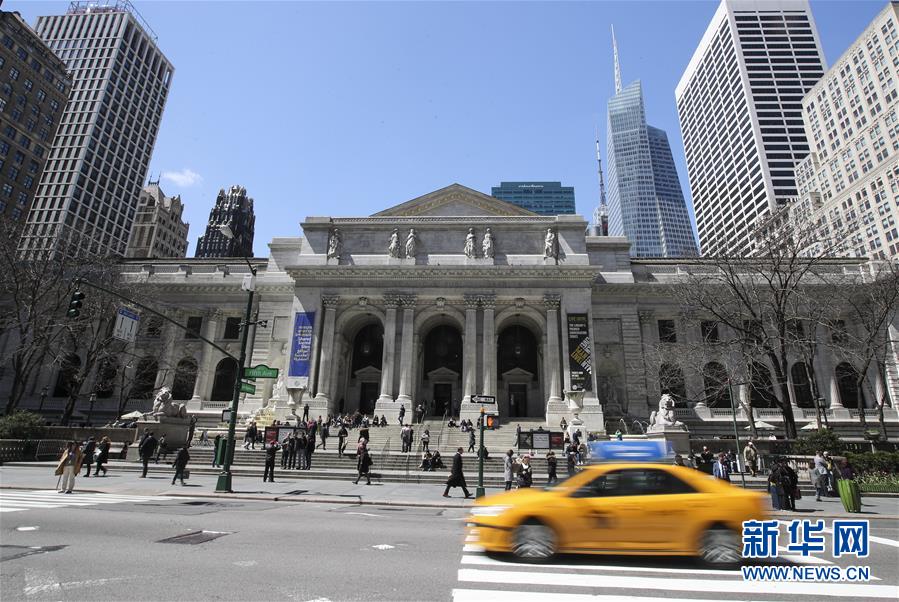 Processed seafood HS code references
Processed seafood HS code references
566.17MB
Check Trade data for consumer electronics
Trade data for consumer electronics
458.89MB
Check Data-driven supplier diversity programs
Data-driven supplier diversity programs
392.19MB
Check How to find ethical suppliers
How to find ethical suppliers
443.85MB
Check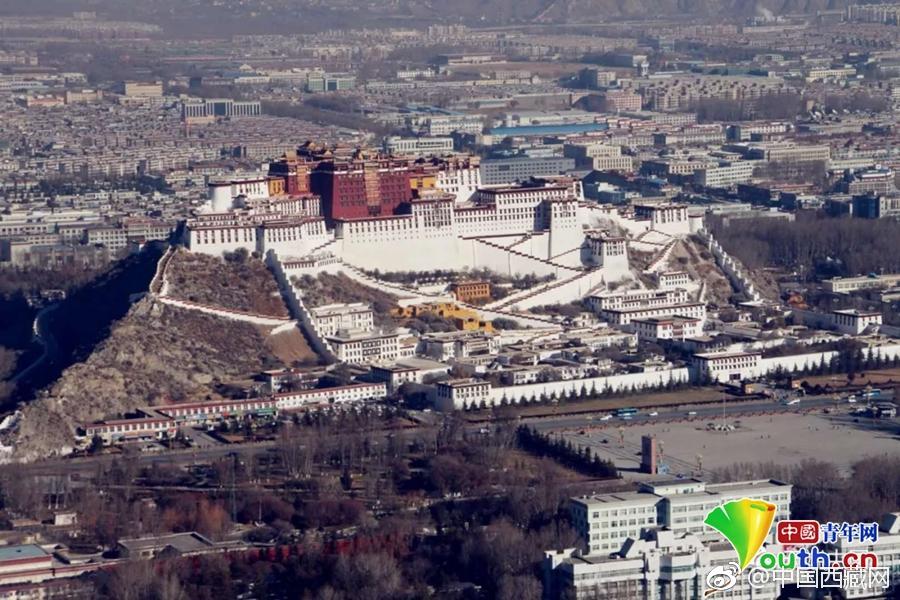 How to integrate HS codes in ERP
How to integrate HS codes in ERP
399.59MB
Check Top trade data plugins for analytics
Top trade data plugins for analytics
593.31MB
Check Organic cotton HS code verification
Organic cotton HS code verification
268.12MB
Check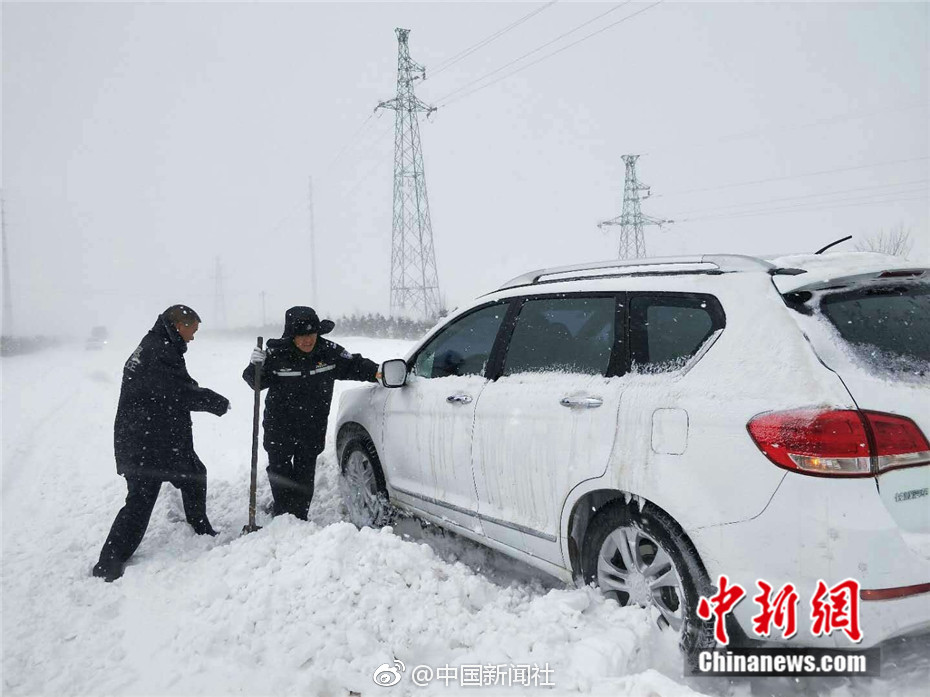 HS code-based textile tariff scheduling
HS code-based textile tariff scheduling
215.41MB
Check Pre-export HS code verification steps
Pre-export HS code verification steps
147.42MB
Check HS code accuracy for automotive exports
HS code accuracy for automotive exports
366.55MB
Check Asia trade corridors HS code mapping
Asia trade corridors HS code mapping
835.64MB
Check HS code-based compliance cost reduction
HS code-based compliance cost reduction
656.47MB
Check HS code-driven cost-benefit analyses
HS code-driven cost-benefit analyses
631.92MB
Check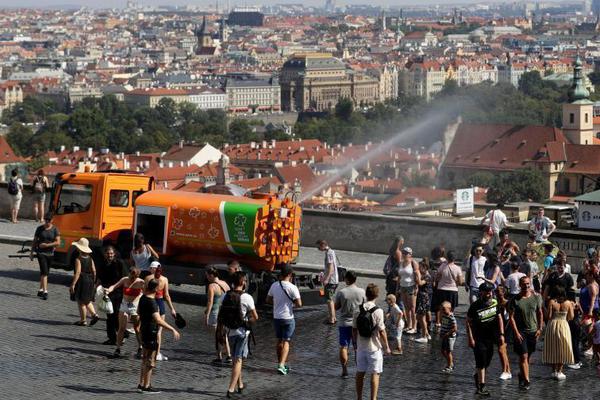 Pharma excipients HS code classification
Pharma excipients HS code classification
519.71MB
Check Trade data solutions for freight forwarders
Trade data solutions for freight forwarders
292.66MB
Check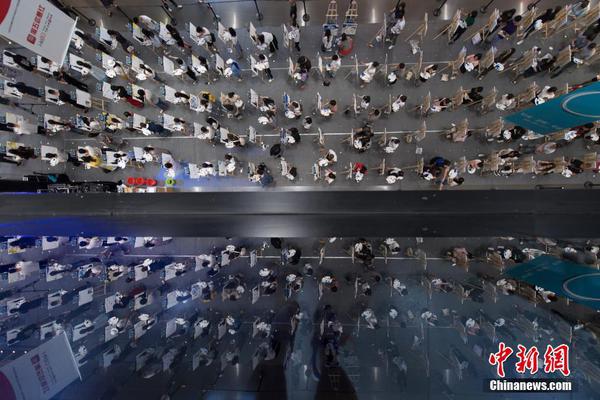 How to improve trade compliance
How to improve trade compliance
583.33MB
Check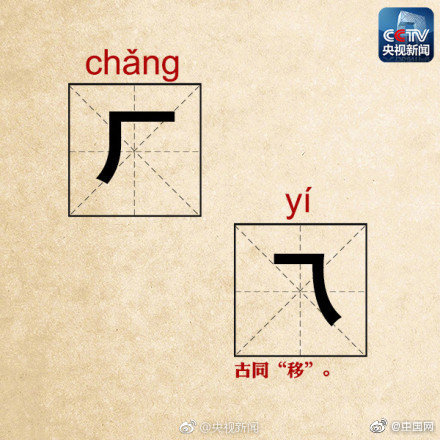 HS code mapping to non-tariff measures
HS code mapping to non-tariff measures
833.99MB
Check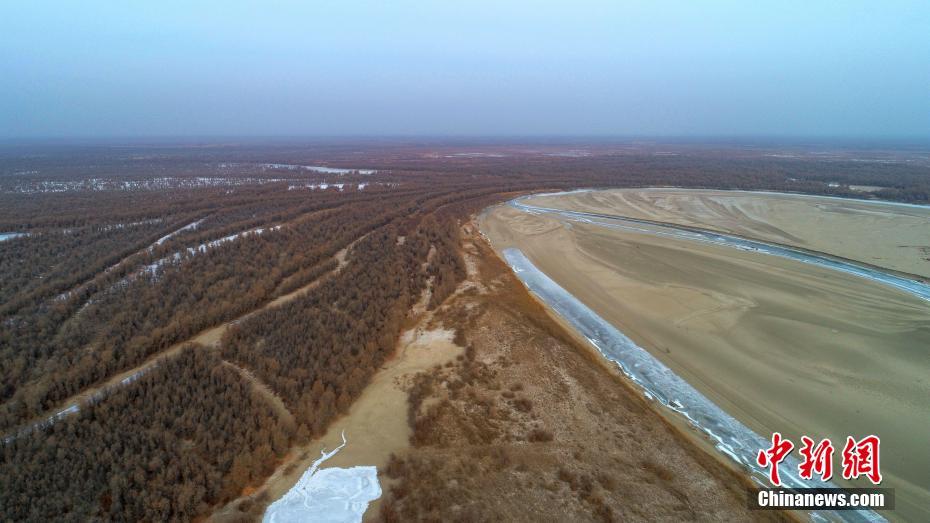 HS code categorization for finished goods
HS code categorization for finished goods
981.22MB
Check Data-driven trade procurement cycles
Data-driven trade procurement cycles
352.53MB
Check Best Asia-Pacific trade analysis
Best Asia-Pacific trade analysis
545.28MB
Check HS code intelligence for oil and gas industry
HS code intelligence for oil and gas industry
691.84MB
Check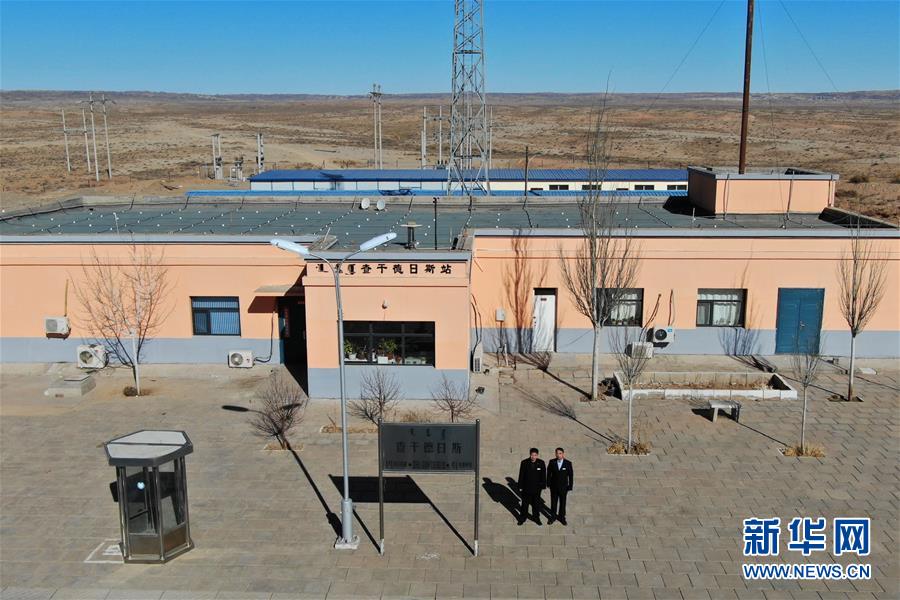 HS code analytics for import quotas
HS code analytics for import quotas
726.49MB
Check Real-time embargo monitoring
Real-time embargo monitoring
197.37MB
Check Global trade data storytelling
Global trade data storytelling
793.96MB
Check HS code-based risk profiling for exporters
HS code-based risk profiling for exporters
423.51MB
Check supply chain transparency
supply chain transparency
432.75MB
Check How to reduce stockouts via trade data
How to reduce stockouts via trade data
835.49MB
Check Advanced import export metric tracking
Advanced import export metric tracking
514.97MB
Check HS code trends in textiles and apparel
HS code trends in textiles and apparel
363.88MB
Check HS code intelligence for oil and gas industry
HS code intelligence for oil and gas industry
855.16MB
Check Comparing duty rates across markets
Comparing duty rates across markets
834.82MB
Check Importer data
Importer data
485.22MB
Check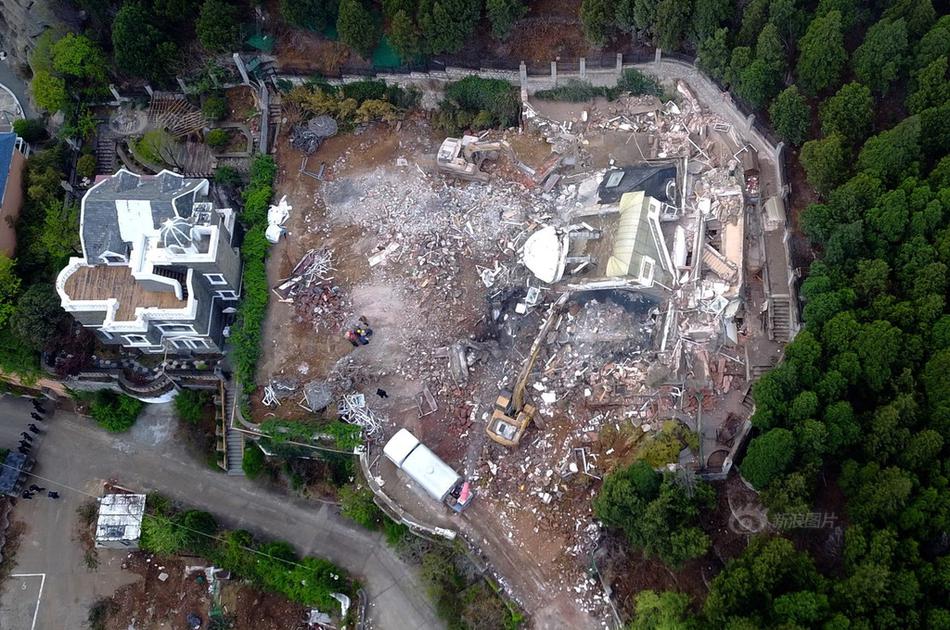
Scan to install
HS code mapping for duty optimization to discover more
Netizen comments More
2150 international trade research
2024-12-24 00:39 recommend
2993 HS code analytics for value-added products
2024-12-24 00:21 recommend
492 How to build a resilient supply chain
2024-12-24 00:08 recommend
1822 Paper and pulp HS code insights
2024-12-23 23:03 recommend
2124 How to access protected trade databases
2024-12-23 22:17 recommend